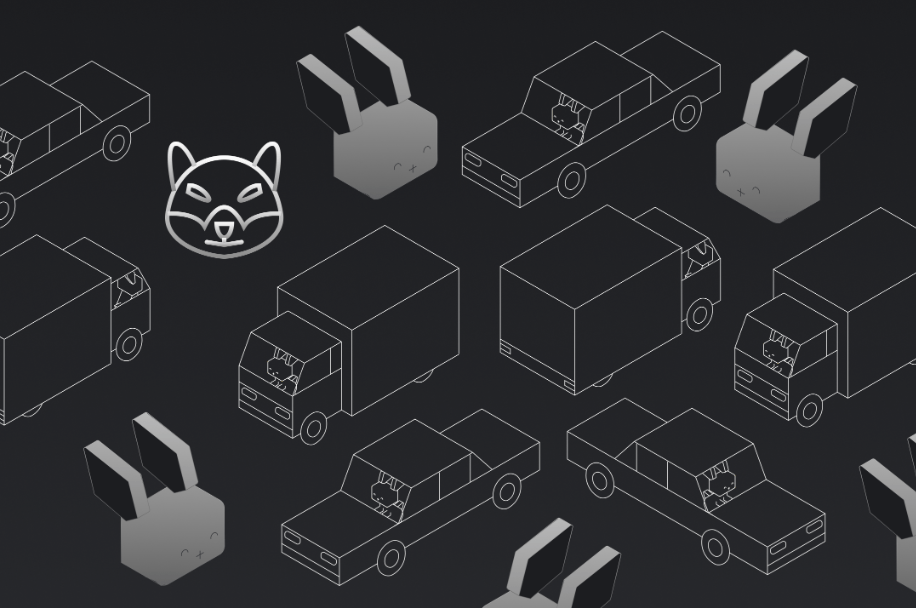Table of Contents
Bancor, the decentralized protocol for token liquidity, has now opened up its staking pools to the public. Whereas previously, only relay token issuers could contribute liquidity, this development means that anyone can now stake their cryptos by buying a relay token on the Bancor network. Liquidity pools on Bancor generate fees with each conversion they process, so anyone now has the opportunity to realize interest through Bancor by staking their crypto holdings.
What’s a Relay Token?
Unlike most exchanges, centralized or decentralized, Bancor doesn’t rely on the order book system, which depends on each buy order having a counterparty seller. With this system, traders struggle with liquidity for lesser-known altcoins, as fewer traders means waiting until there’s an order match.
Instead, Bancor relays depend on on-chain token reserves to provide a continuous supply of any token, reducing incidences of price slippage or unpredictable swings in the value of a token. By connecting these relays across the Bancor network, it becomes possible to trade any network token for any other.
Until now, token issuers were the only parties who stake the necessary liquidity to ensure their token could be traded on the Bancor network. Now, any token holder can put it to work on Bancor, earning a percentage of the transaction fees paid by users who swap their tokens on the network. Users have the option to sell their relay tokens at any time, thus withdrawing liquidity from the token pool.
Accelerating Growth Potential
By opening up its liquidity pools to any token holder, Bancor has set the stage for community-driven liquidity. There is a vast appetite for decentralized finance applications among crypto users, who have proven keen to put idle tokens to work by staking them for the chance of earning interest. A case in point is Maker, which is the biggest pure Ethereum project by funds staked, holding around 1.5 million ETH at the time of writing.
Bancor has also proven to be an attractive staking solution, with 150 tokens already participating in the network. However, now that it’s opening up its staking pools to the public, and the fact it offers swaps with both Ethereum and EOS tokens, it could quickly outpace other projects in the DeFi space.
Furthermore, the company states that it has already processed over $2bn in conversions since its launch. Opening up relay tokens to the community could cause an increase in token swaps, as the promise of even better liquidity is likely to attract more users. In turn, more users and more token swaps mean a better chance of earning interest from staked tokens.
Low liquidity is one of the biggest problems in the cryptocurrency space, particularly for altcoins. With fewer active traders, token issuers become trapped in a self-fulfilling cycle where exchanges don’t want to list them due to lower liquidity. In turn, this makes the token more likely to lose value. Therefore, the option to engage their communities in active staking on Bancor opens up new possibilities for blockchain startups.
Outpacing the Competition
Bancor does face some competition in the liquidity network space, as Ethereum-based Uniswap has also been gaining traction since it launched in 2017. Like Bancor, Uniswap also allows anyone to contribute liquidity through staking ERC-20 tokens.
However, Bancor will soon utilize the cross-chain features of its protocol to enable staking of EOS tokens too. The company has indicated that it plans to add further blockchain integrations in the future, as part of its vision to allow users to exchange any token for any token.
Furthermore, users may find it easier to stake tokens using the Bancor protocol, as it is integrated with many third-party wallets, including the ever-popular Ledger and Trezor. Relay tokens are also fungible, so they can be converted into other tokens, or utilized in external markets.
So, a user could stake an ERC-20 token into a Bancor relay token, which could then be lent out on another DeFi application like Compound, to generate interest.
In the blog post outlining the details of community staking, the company has also alluded to other upcoming developments, such as price tracking tools. Currently, Bancor seems to have cornered the market in developing a protocol that will allow users to swap any token for any token. It will be interesting to see the extent to which the community staking feature enhances liquidity on the Bancor network. Even more intriguing, how user returns from staking in relay tokens compare to other community-driven projects operating in the DeFi space.
Investment Disclaimer








